Running, a universally embraced form of exercise, demands more than just enthusiasm—it requires the right pair of running shoes to safeguard against injuries and elevate performance. The market, flooded with diverse brands, models, and features, can be overwhelming. Fear not! In this exhaustive guide, we navigate the essentials of running shoes, covering types, anatomy, fit, and critical factors to consider when selecting the perfect pair.
Understanding the Types of Running Shoes
Running shoes aren't one-size-fits-all; they cater to different foot shapes, arch heights, and pronation patterns. Here's a breakdown of the three main types:
Neutral Running Shoes
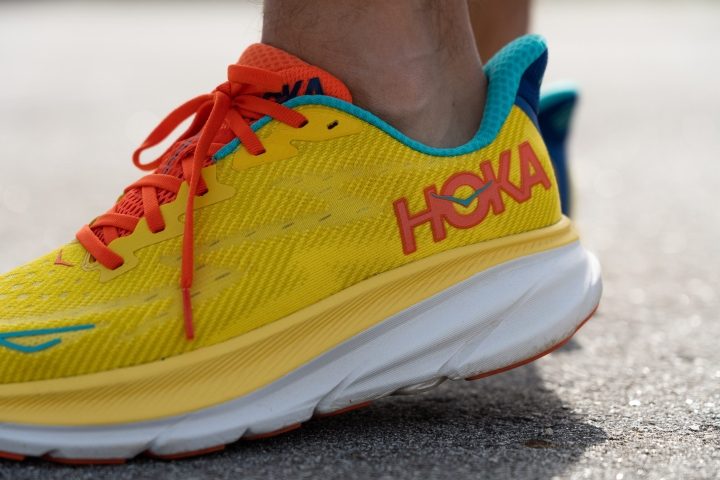
Designed for normal arches and neutral pronation, these shoes, like the Brooks Ghost 151 and Hoka Clifton 92, focus on providing cushioning and shock absorption without extensive support.
Stability Running Shoes
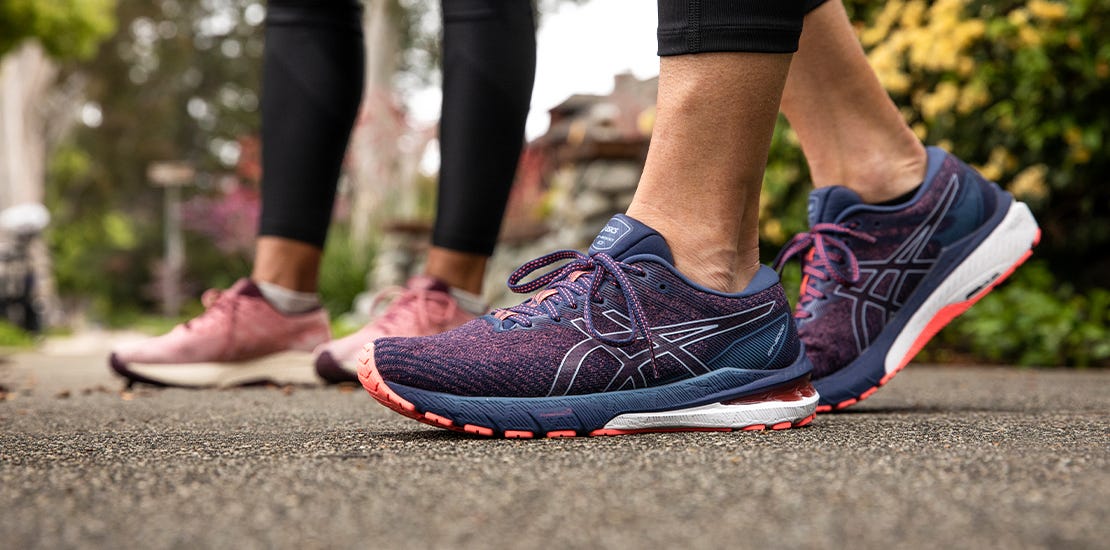
Tailored for low to medium arches and mild to moderate overpronation, stability shoes, such as the Asics GT-2000 114 and Saucony Guide 165, offer added support to prevent excessive inward foot rolling.
Motion Control Running Shoes
Crafted for flat arches and severe overpronation, motion control shoes, exemplified by the Hoka Bondi 8 and Brooks Ariel '20, prioritize substantial support and correction to curb pronounced inward foot movement.
Dissecting the Anatomy of Running Shoes
Understanding the key components of running shoes is crucial for informed choices. Here's a brief look at the integral parts:
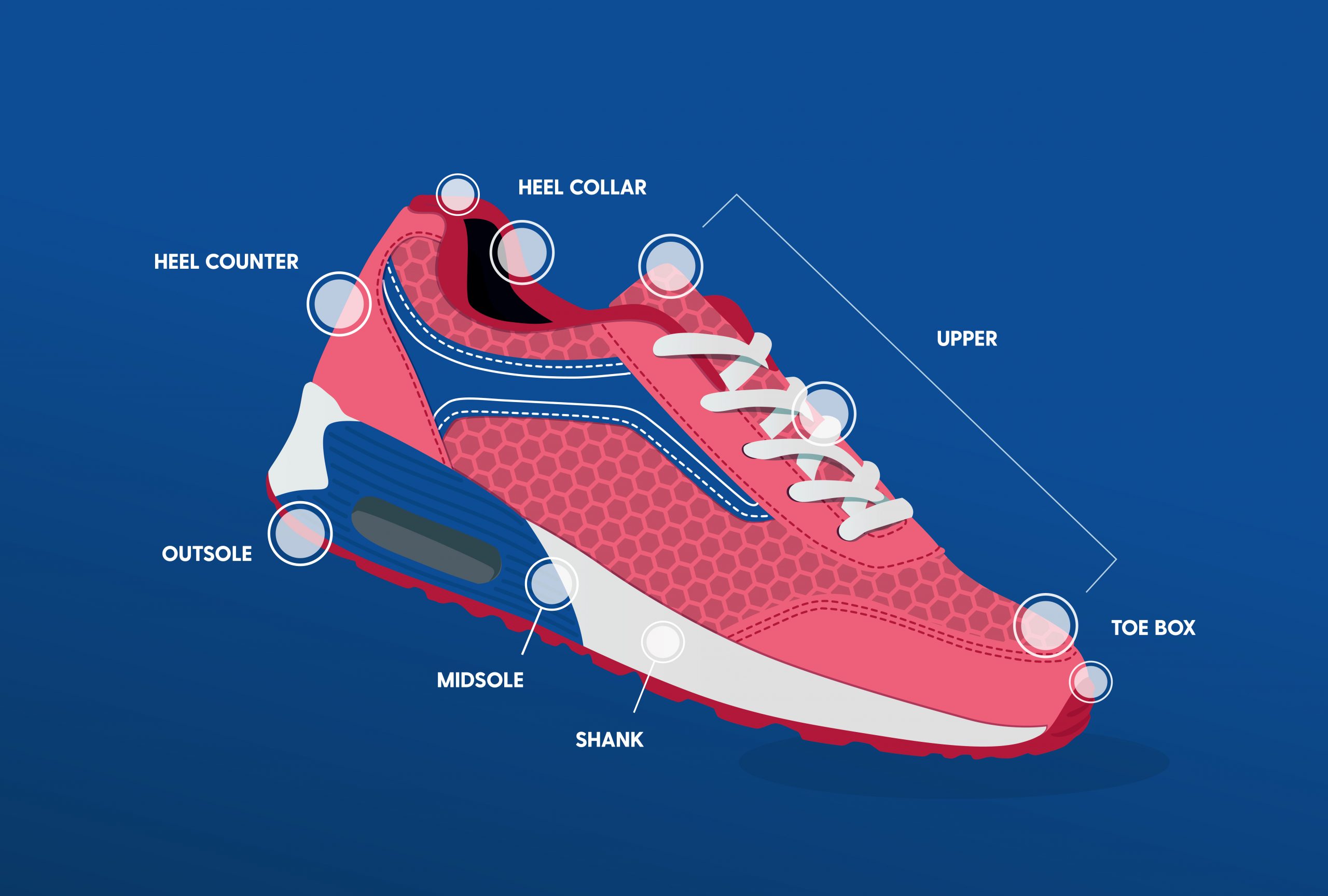
Upper
Encompassing the top and sides of the foot, the upper, often made of mesh, synthetic, or leather materials, includes elements like laces, tongue, and heel counter. These components contribute to a breathable, flexible, and durable fit.
Midsole
Positioned between the upper and outsole, the midsole, typically composed of foam, gel, or air materials, provides essential cushioning, shock absorption, and stability. The insole, a removable layer atop the midsole, enhances comfort and support.
Outsole
The part in direct contact with the ground, the outsole, made from rubber, carbon, or plastic materials, delivers traction, durability, and protection. Tread patterns, comprising grooves and lugs, enhance grip.
Navigating the Fit of Running Shoes
Achieving the right fit is paramount for comfort, performance, and injury prevention. Consider these tips:
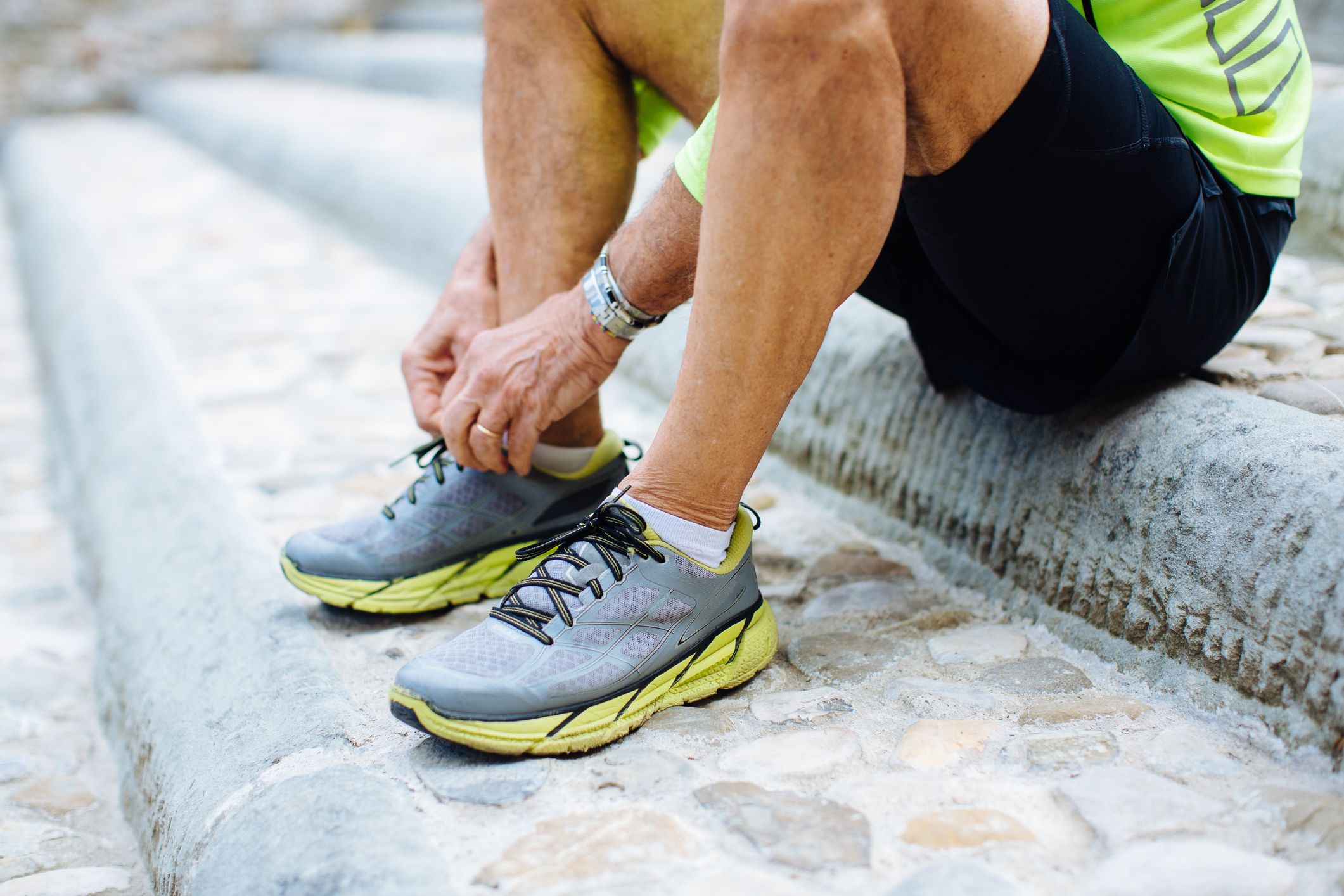
Measure Your Feet
Given that foot size and shape can change over time, measuring your feet before purchasing is crucial. Use a ruler, tape measure, or Brannock device to gauge length, width, and arch length. Measure in the afternoon or evening when your feet are at their largest.
Try on Different Sizes
Sizes can vary based on brand, model, and style. Avoid relying solely on your usual shoe size; experiment with different sizes and widths. Wear the socks and orthotics you plan to use while running, as they can influence the shoe's fit.
Check Specific Areas
Ensure the heel fits securely without slipping, the instep feels snug without causing pressure, and the toe box offers comfortable space, approximately a thumb's width between the longest toe and the shoe's end.
Factors to Consider When Buying Running Shoes
Beyond type, anatomy, and fit, several factors influence the ideal running shoe:
Your Running Style
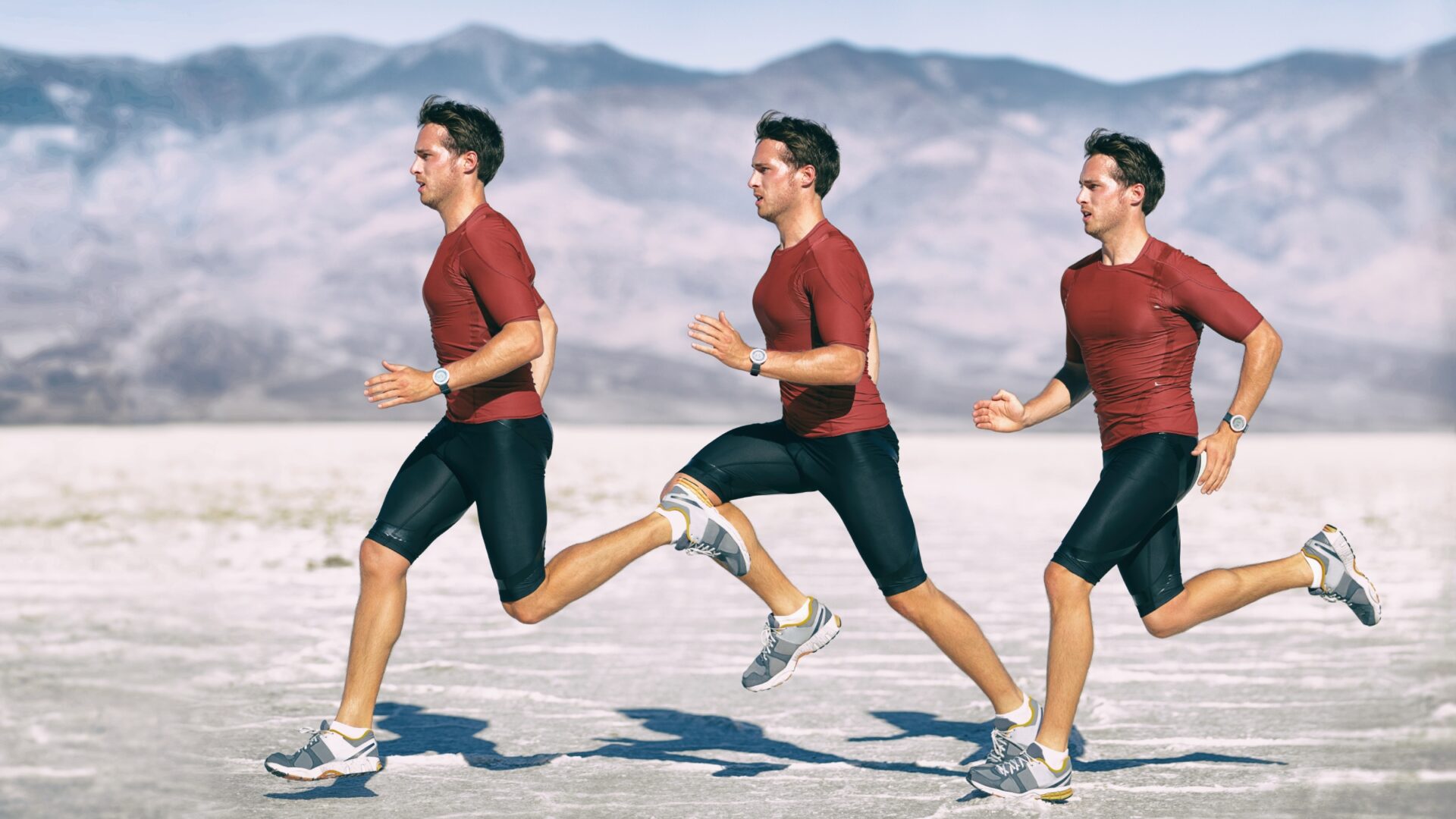
Consider your running habits, including speed, distance, frequency, and terrain. Opt for lightweight and responsive shoes like the Nike Vaporfly 3 for short, fast runs, or cushioned and durable options like the On Cloudrunner for long distances.
Personal Preferences
Factoring in personal taste regarding color, design, brand, and price is vital. Whether you prefer vibrant hues like the Lululemon Blissfeel 2 or neutral tones like the Nike Pegasus 40, align your choice with what resonates with you.
Conclusion: Step into a World of Enhanced Running
In conclusion, running shoes are not just accessories; they are essential tools that can transform your running experience. Armed with this guide, encompassing types, anatomy, fit, and crucial factors, you're better equipped to make an informed choice. Explore the best running shoes of 2023, consult expert reviews, and embark on a journey where your running shoes become your trusted allies. If you are looking to upgrade or purchase new running shoes you can either check local stores or you can get better deals online on specific product websites to stores like Running Warehouse.




